An API knife-type gate valve is a specialized valve designed for handling viscous fluids, slurries, and media containing solids, commonly used in oil & gas, mining, and wastewater treatment.
Here’s how it works:
Design Features
- Knife-Shaped Gate: The valve has a sharp, thin gate (instead of a traditional wedge) that cuts through thick or solid-laden fluids.
- Single or Double Gate: Some models have a single gate, while others (double knife gate valves) provide tighter sealing.
- Unidirectional or Bidirectional Flow: Most are unidirectional (sealing on one side), but some are bidirectional.
- Metal or Resilient Seats: Depending on the application, seats may be metal (for high pressure/temperature) or elastomeric (for better sealing).
Operation Mechanism
Opening the Valve: When the handwheel, actuator, or gear operator is turned, the stem lifts the knife gate upward, allowing fluid to flow.
Closing the Valve: The gate is forced downward, shearing through any solids or viscous material and sealing against the seat.
Sealing Action: The gate’s sharp edge cuts through debris, while the seat (often elastomer-lined) ensures a tight shutoff.

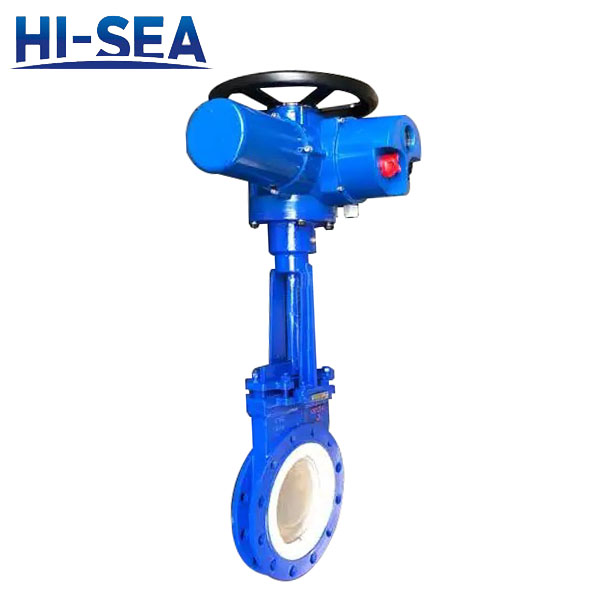
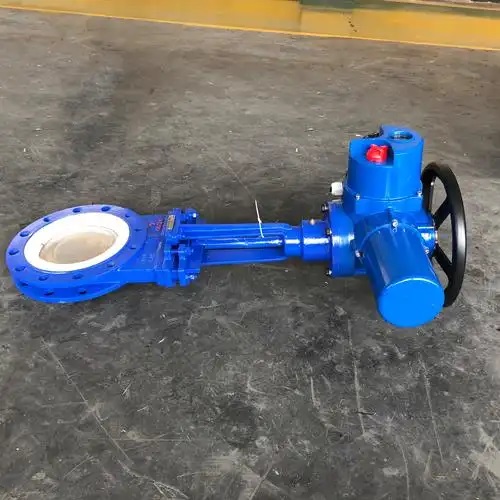
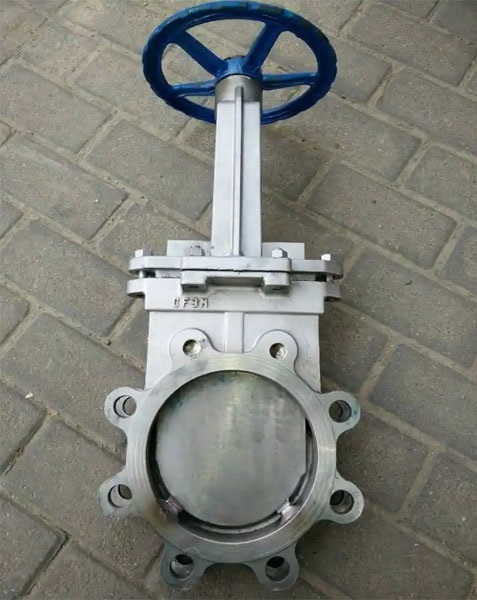
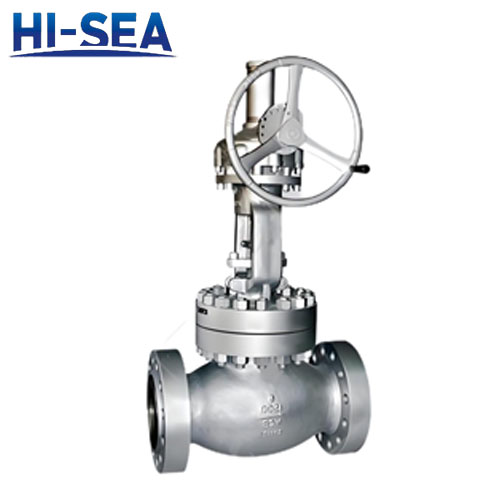
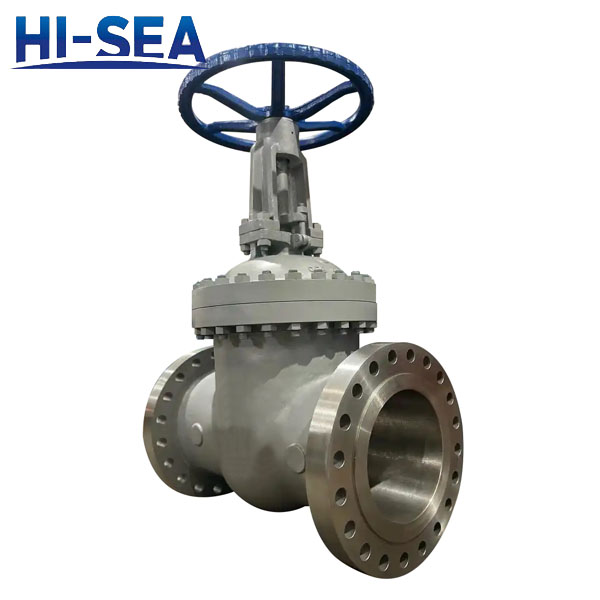
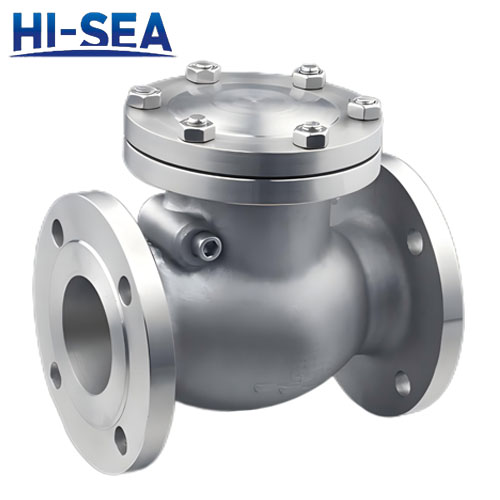
 How do I properly install and maintain an API 594 check valve?
How do I properly install and maintain an API 594 check valve?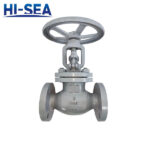 Temperature Classification of API Valves
Temperature Classification of API Valves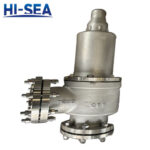 Introduction to API Safety Valves
Introduction to API Safety Valves